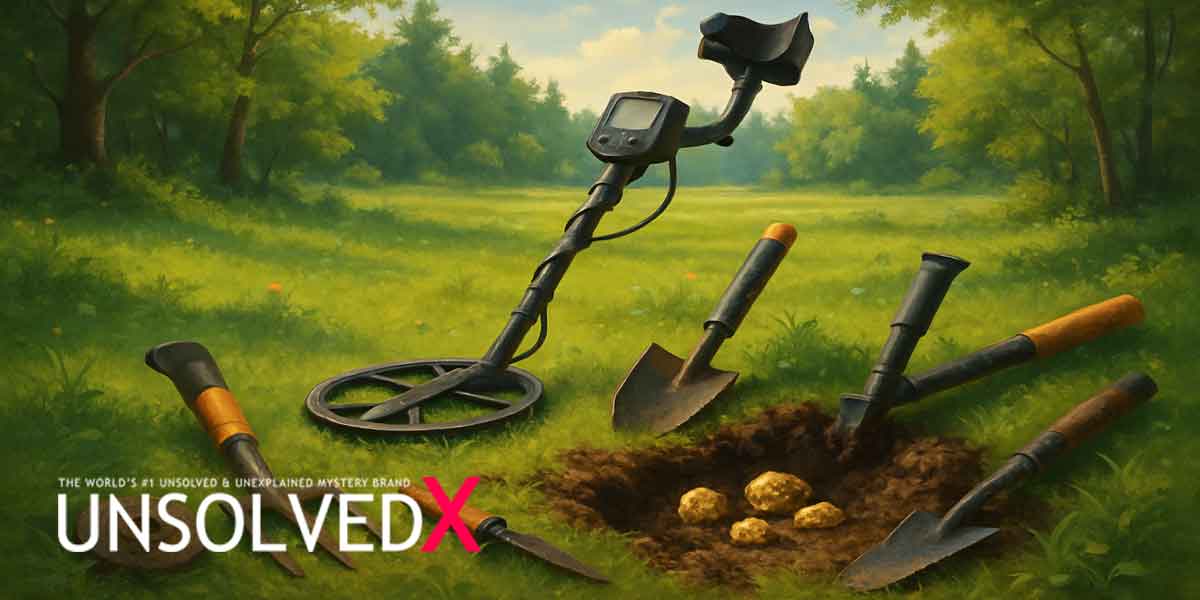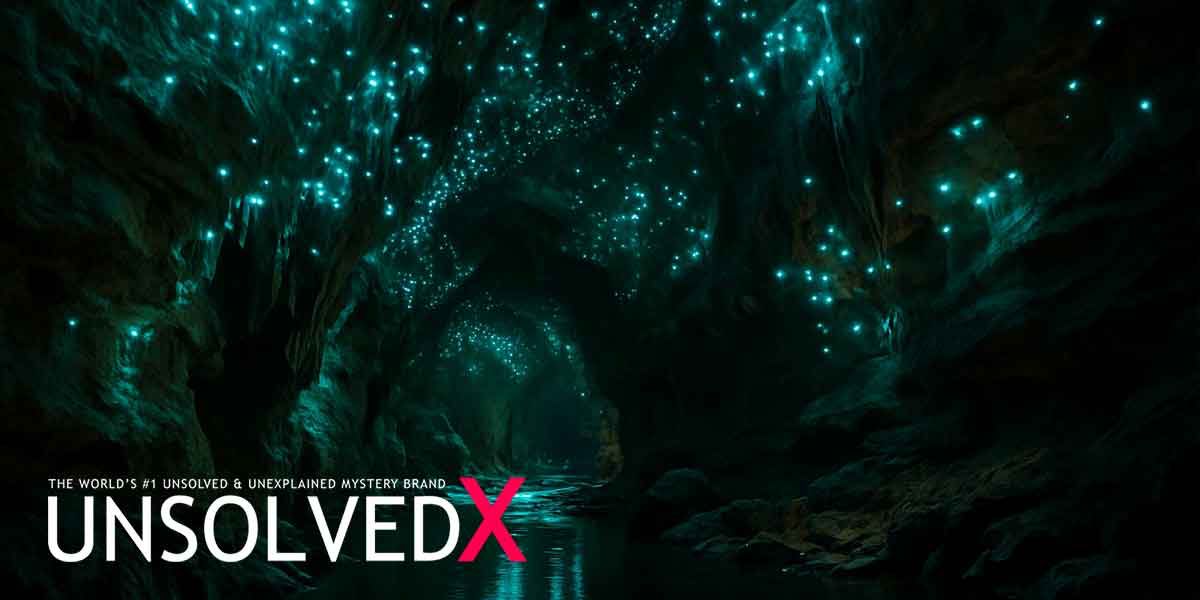Why Metal Detecting Captivates the Curious
Metal detecting is more than a hobby—it’s a gateway to uncovering history, chasing adventure, and connecting with the land. Whether you’re sweeping a sunlit beach or a forgotten field, each beep of the detector holds the promise of discovery. For beginners, the allure lies in the simplicity of starting and the thrill of unearthing something unexpected, from a lost coin to a relic tied to a bygone era. Brands like Garrett, Minelab, and Nokta dominate the market, offering models tailored to every skill level. Garrett’s ACE series, for instance, is a favorite for its intuitive controls, with the ACE 200 being a budget-friendly entry point at around 2.75 pounds and featuring three search modes for coins, jewelry, or all metals. For those willing to invest more, the Garrett ACE 400, with its Iron Audio feature to filter out junk, delivers advanced performance without overwhelming newcomers.
The right equipment sets the foundation. Beyond the detector, tools like pinpointers—such as the Garrett Pro-Pointer AT, waterproof up to 20 feet—help zero in on targets, saving time and effort. Digging tools, like the Lesche Digging Tool, are essential for retrieving finds without damaging them, while a sturdy finds pouch keeps treasures safe. Understanding your gear’s capabilities, like the ACE 300’s Digital Target ID (0-99 scale), lets you distinguish between trash and treasure, making every outing more rewarding. Posts on platforms like the Friendly Metal Detecting Forum emphasize the importance of practicing with your detector to master its signals, ensuring you’re ready for the field.
Where to Hunt and What You Might Unearth
The world is your treasure map, with locations as varied as the finds they hide. Fields and forests, often overlooked, are rich with history—think old farmsteads or battlegrounds where coins, buttons, or even Civil War relics might surface. Parks and playgrounds are beginner-friendly, teeming with modern coins, jewelry, or lost trinkets, though local laws may require permits, as noted by experts like Jeff Lubbert of the Eureka Treasure Hunters Club. Beaches, from dry sand to shallow freshwater, are prime for gold rings or silver charms, especially after busy summer days. The Garrett ACE 250, with its submersible coil, shines in these environments, though it’s less suited for salty wet sand, where a multi-frequency detector like the Minelab Vanquish 540 excels.
What can you find? The possibilities spark excitement: a 1916D silver dime worth up to $1,000, as highlighted on MetalDetector.com, or a gold nugget in a streambed. Relics like an 1850s Civil War belt plate or a 1789 George Washington inaugural button, as shared by Garrett’s community, tell stories of the past. Even modern finds—like a platinum wedding ring or a silver bracelet—carry emotional or monetary value. Every dig teaches patience, as 95% of signals may yield trash, per Lubbert’s advice, but that rare keeper makes it worthwhile. Check local historical societies or libraries for old maps to pinpoint promising sites, and always secure permission for private land to hunt ethically.
Building Your Metal Detecting Journey
Starting your metal detecting adventure requires a blend of preparation and passion. Choose a detector that matches your budget and goals—Garrett’s ACE 150 is ideal for kids or casual hunters, while the Nokta Simplex+ offers waterproof versatility for under $300. Learn your machine’s quirks through bench testing, practicing in a park to decode its tones. Accessories matter: a pinpointer speeds recovery, and headphones, like Garrett’s Master Sound, help you hear faint signals on noisy beaches. Garrett’s 3-year warranty on detectors and pinpointers adds peace of mind, ensuring your gear lasts through countless hunts.
Beyond gear, mindset shapes success. Join communities like the Friendly Metal Detecting Forum to share tips and stories, or follow YouTubers like Nugget Noggin, who showcases ACE 400 finds. Research local regulations—metal detecting is banned in U.S. National Parks, and many cities require permits for public spaces. Practice ethical hunting: fill your holes, dispose of trash, and respect property. As you grow, experiment with settings like the ACE 300’s adjustable frequency to reduce interference at crowded sites. Metal detecting is a journey of persistence and discovery, where each find, from a humble penny to a rare relic, fuels the thrill of the hunt.










Comments
Comments section coming soon!